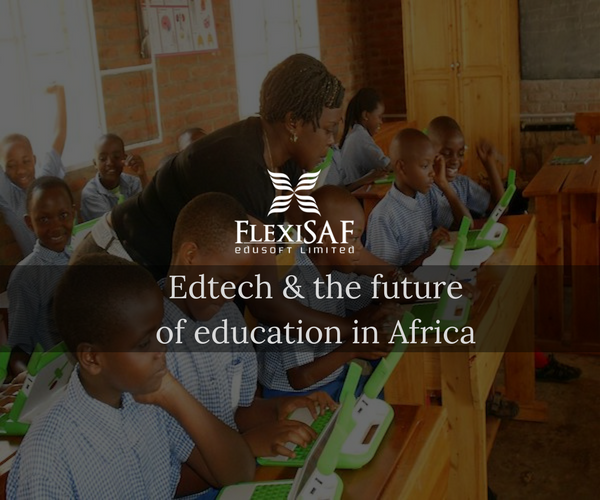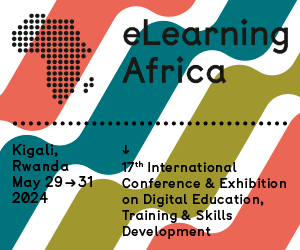Edtech isn’t new. It has been around as far back as the invention of the first calculators, and even before then. What’s relatively new about it today is the application of new internet and mobile phone based technologies to improve the access to some basic needs; similar to mhealth, and fintech.
“30 million African children are still out of school. That’s 50% of the total world’s population of children not in education. This is not to mention children without qualified teachers or those receiving lessons in dilapidated infrastructures” – Samson Abioye, LEAP Africa, 2017 SIP Fellow
Edtech today poses so many possibilities, specifically for the African continent where quality education is still a luxury, afforded only by the very rich. Some of these possibilities were discussed at length at Social Media Week which recently held in Lagos.
The opportunities to cut recurring costs, provide greater access to education and independent learning make education technology increasingly relevant as a solution to many of these problems.
It is being embraced slowly perhaps due to a number of these challenges, but progress is being made and more benefits are expected in the following areas in the near future:
Easier access to learning – E-learning, mlearning (mobile learning) and online courses have particular potential in areas where access to more traditional forms of education is restricted or non-existent. Most top universities in Africa already have e-learning portals although they are not yet fully recognized or used as an alternative to the norm.
Recommended: Classrooms without borders, the Who, Why and How of E-learning
Cheaper books – For students without access to first hand or second hand books, free or affordable book/resource sharing platforms can bridge the gap for both school and personal use. E-libraries are becoming increasingly common. In Kenya for example, many organisations now offer a cheap access to readership to rather inaccessible or even expensive books that may not be readily available to the students.
Quality – In coming years, multimedia tools will continue to improve the ability of a single teacher to reach a large number of students with varied learning styles. This is great, considering that it is common for a single classroom to have over 100 students in a Nigerian public school. Classrooms can also have access to different sources of information from around the world within seconds.
Time – Public schools are greatly understaffed and the teachers spend a lot of valuable classroom time on grading and compiling results, timetables and lesson plans. Considering the large numbers of students usually involved, the use of result compilation software and other similar solutions is rightfully on the increase.
Life Skills – In the 21st century, tech skills are precious and individuals lacking in these areas are already at a disadvantage. Numerous initiatives and programs have been set up to create ‘one computer per child’ classrooms and there is still more to be done. It is worth remembering that while the technology is important, learning itself is the end game.
Recommended: 3 Tips for Integrating Technology in the Classroom
Examinations – As observed with JAMB’s recent success in Nigeria, it’s clear that nation-wide and small-scale implementation of computer based exams is possible. Exams can be administered to up to hundreds of thousands of students, marked digitally and results delivered within minutes – hours. Such systems can make for more transparent test results and standardizing our educational systems.
Related: Curbing Exam Malpractice: Standardizing Examinations Using Technology
Learning Communities – Learning is social, and startups like Studentscircle, Brainshare and the likes are taking advantage of the digital age to build student networks that foster sharing of resources and collaborative study.
Looking forward, newer trends like gamification and virtual reality classrooms are likely to come into play soon in more urban cities.
To a large extent, the penetration of the market by mobile devices and better connectivity have made a lot of this recorded progress possible in urban cities but that is not nearly enough. More can be done about ensuring that these tools reach those who need it most.
Recommended: 8 Nigerian Edtech Startups you should know by now
So what do you think? How else can technology contribute to the growth of our education system in the near future? Leave your opinions below









